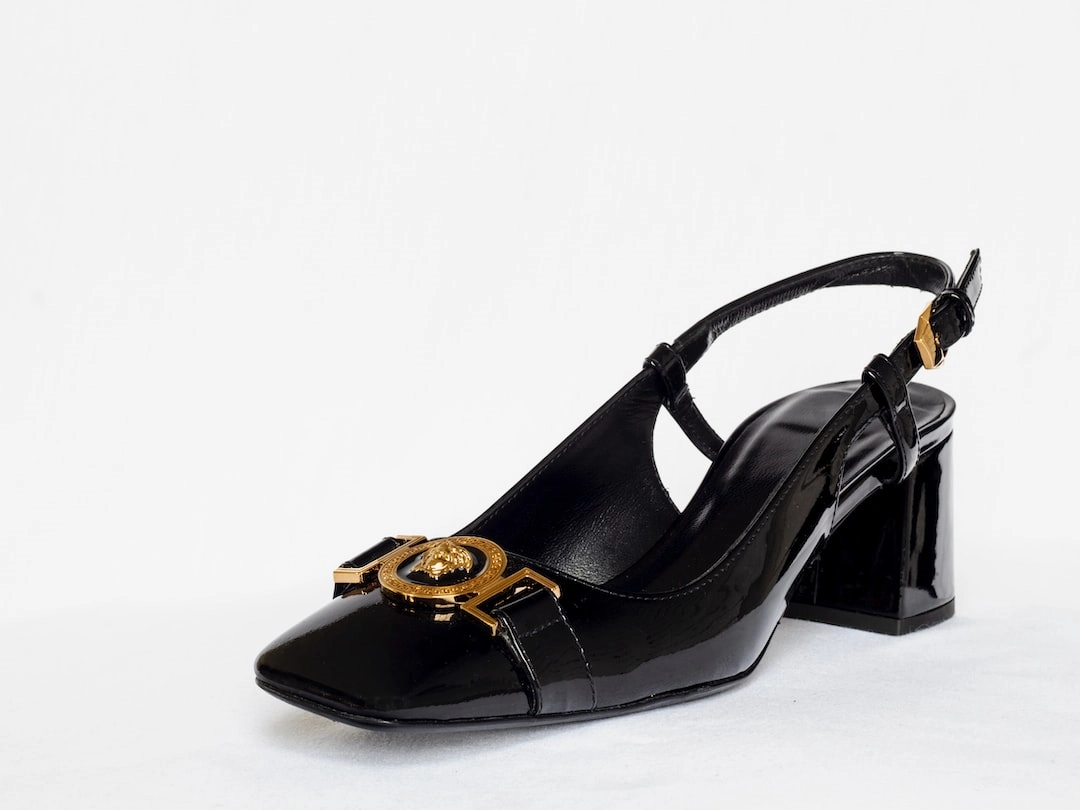
What is Sustainable Footwear?
Sustainable footwear refers to shoes that are designed and produced in an environmentally and socially responsible manner. It encompasses the use of eco-friendly materials, sustainable manufacturing processes, and fair labor practices throughout the supply chain.
Real-World Problems Associated with Sustainable Footwear
1. Material Sourcing: One of the challenges in sustainable footwear is finding suitable materials that have a minimal impact on the environment. This involves sourcing organic or recycled materials, such as organic cotton, hemp, recycled polyester, or natural rubber, in order to reduce the use of virgin materials and limit resource extraction.
2. Manufacturing Practices: Another concern is the manufacturing process. Traditional shoe manufacturing often involves high energy consumption, harmful chemicals, and excessive waste. Sustainable footwear brands strive to adopt cleaner and more efficient manufacturing methods, such as using renewable energy, minimizing water usage, and reducing waste through recycling and upcycling.
3. Supply Chain Transparency: Ensuring transparency in the supply chain is essential for sustainable footwear. This means understanding and auditing every step of the production process, from material sourcing to distribution. It involves working with suppliers and manufacturers who adhere to ethical labor practices, provide fair wages, and prioritize worker safety and well-being.
4. Consumer Awareness: While sustainable footwear options are becoming more widely available, consumer awareness and education play a crucial role. Many people are not familiar with the negative environmental and social impacts of the footwear industry. Bloggers, influencers, and sustainability advocates have an important role in raising awareness and providing information about sustainable footwear options.
5. Price Accessibility: Sustainable footwear, especially those produced in smaller quantities or using innovative materials, can sometimes be more expensive compared to conventional options. This accessibility issue poses a challenge in making eco-friendly options available to a wider audience. However, as demand increases and economies of scale are achieved, the price gap may narrow over time.
By addressing these real-world problems, the sustainable footwear industry strives to minimize its ecological footprint while promoting ethical practices and consumer consciousness. Through these collective efforts, sustainable footwear is paving the way towards a greener and more responsible future.

Solutions for Sustainable Footwear
Here are some solutions to address the real-world problems associated with sustainable footwear:
1. Material Sourcing
– Opt for eco-friendly materials: Prioritize using organic or recycled materials such as organic cotton, hemp, and recycled polyester to reduce reliance on virgin materials.
– Explore alternative resources: Look into innovative materials like pineapple leaf fibers (Piñatex) or mushroom leather (Mylo) that have a lower environmental impact than traditional leather.
2. Manufacturing Practices
– Adopt sustainable manufacturing methods: Invest in renewable energy sources and energy-efficient technologies to minimize carbon emissions and reduce energy consumption.
– Implement waste reduction strategies: Embrace circular economy principles by recycling or upcycling production waste and designing products with disassembly in mind for easier recycling at end-of-life.
3. Supply Chain Transparency
– Conduct supply chain audits: Regularly assess suppliers’ compliance with ethical labor practices, fair wages, and safe working conditions.
– Build partnerships with responsible suppliers: Collaborate with suppliers who share the commitment to sustainability and prioritize transparency in their operations.
4. Consumer Awareness
– Educate consumers: Raise awareness about the environmental impacts of the footwear industry through blog posts, social media campaigns, and collaboration with influencers to encourage informed consumer choices.
– Highlight sustainable options: Showcasing and recommending sustainable footwear brands and products can help consumers discover and support environmentally conscious alternatives.
5. Price Accessibility
– Scale up production: As demand for sustainable footwear grows, larger production volumes can help reduce costs and make eco-friendly options more affordable.
– Collaborate with affordable brands: Encourage partnerships between sustainable footwear brands and more accessible, affordable fashion labels to create affordable and eco-friendly footwear lines.
By implementing these solutions, the sustainable footwear industry can overcome challenges and create a more environmentally friendly and socially responsible future.















